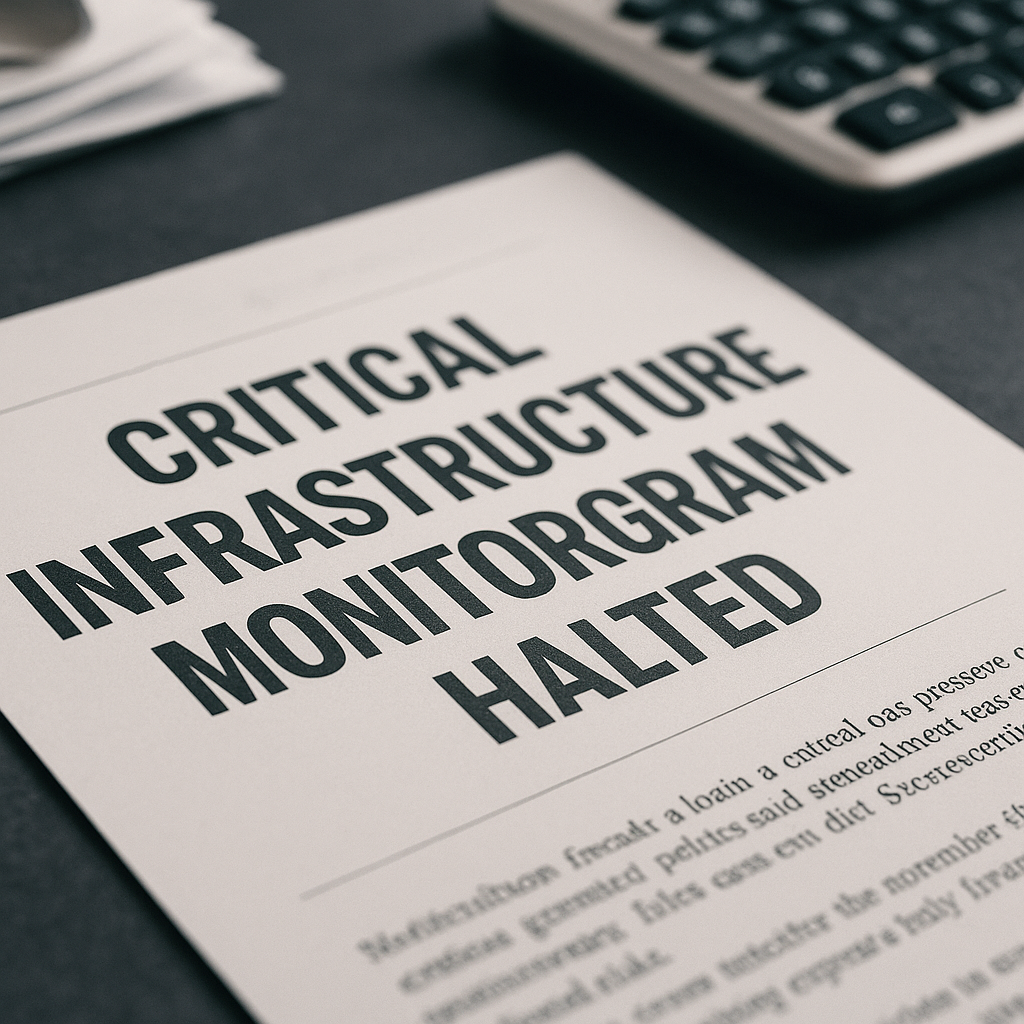The expiration of government funding for a key program designed to monitor cyber threats to the United States’ critical infrastructure has raised significant concerns about national security vulnerabilities, as disclosed during a recent congressional hearing. According to Nate Gleason, program director at Lawrence Livermore National Laboratory (LLNL), the lapse in funding has temporarily suspended the CyberSentry Program, which plays a vital role in detecting malicious activities within vital sectors such as energy, water, and healthcare.
The CyberSentry initiative, launched as a public-private partnership managed by the Cybersecurity and Infrastructure Security Agency (CISA), has been instrumental in identifying threats, including sophisticated intrusions attributed to foreign adversaries. During his testimony, Gleason highlighted the critical nature of this program, noting that the sensors installed across various networks continue to collect data, albeit without real-time analysis. “We just aren’t gathering the data that is coming in,” Gleason stated.
Gleason’s concerns echo those of cybersecurity experts, particularly regarding the evolving threat landscape. The recent emergence of malware variants targeting operational technology (OT) systems raises alarms about the preparedness of U.S. infrastructure against potential attacks. Robert Lee, CEO of OT cybersecurity firm Dragos, emphasized that “”We are not prepared for a major attack on our critical infrastructure … the results could be catastrophic, including loss of life,” indicating an urgent need for renewed funding and resources.”
As lawmakers questioned the implications of this funding gap, the future of the CyberSentry program remains uncertain. The Department of Homeland Security (DHS) has yet to clarify whether funding will be reinstated. Gleason and other experts are advocating for immediate action to ensure that the U.S. maintains its capabilities to detect and respond to emerging cyber threats, including sophisticated attacks similar to the infamous Stuxnet malware incident from over a decade ago that targeted Iran’s nuclear facilities. The suspension of funding and subsequent monitoring capabilities marks a critical juncture for U.S. cybersecurity efforts, as collaboration between government and private entities is vital for protecting the nation’s vital infrastructure.
The situation mirrors previous funding disruptions faced by other cybersecurity initiatives, such as the Common Vulnerabilities and Exposures (CVE) program, signaling broader issues within CISA and the federal government’s stability in cybersecurity operations. As U.S. Representative Eric Swalwell pointed out during the hearing, CISA’s effectiveness depends largely on its staffing and resource levels, which have been negatively impacted by workforce reductions in recent years.

